AI-Powered User Segmentation for Mobile Marketing
AI-powered user segmentation isn’t just another buzzword. It’s a functional, proven approach to making mobile marketing smarter, faster, and more impactful. It helps businesses move from generic messaging to deeply personalized conversations—ones that feel natural, relevant, and timely.
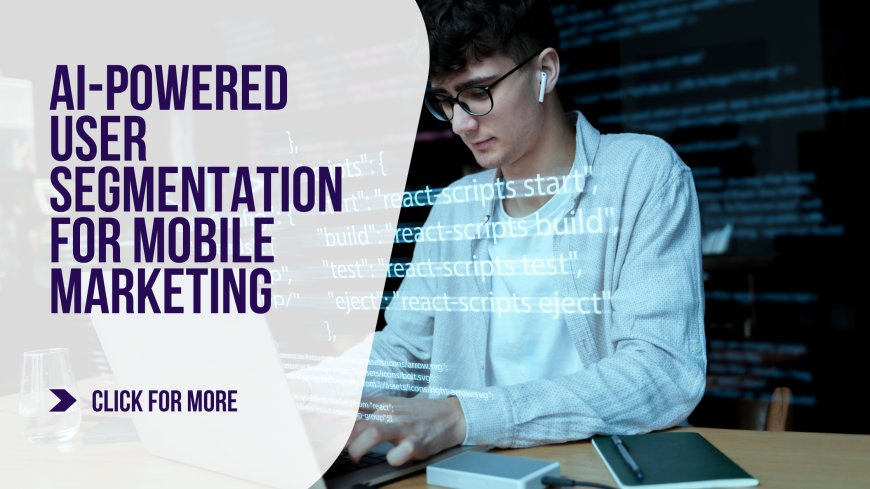
Picture this: You open a mobile app, and the very first screen seems to know exactly what you're looking for. It recommends a product you didn’t realize you needed, offers a discount you can’t ignore, and times it all just right. Coincidence? Not at all. That’s AI-powered user segmentation at work—silently shaping user experiences and redefining how businesses engage with customers through mobile apps.
Gone are the days of mass marketing blasts and one-size-fits-all strategies. Mobile marketing today is becoming ruthlessly efficient, and it’s no longer about reaching the most people—it’s about reaching the right people, at the right time, with the right message. And AI is the secret weapon behind this evolution.
This blog dives deep into the mechanics, magic, and massive potential of AI-powered user segmentation—why it matters, how it works, and what it means for the future of mobile marketing.
What Is AI-Powered User Segmentation?
At its core, user segmentation is the process of dividing users into distinct groups based on shared characteristics—think demographics, behavior, preferences, and even location. Traditional segmentation relies on manually defined rules and historic data. AI, on the other hand, throws that playbook out the window.
AI-powered segmentation uses machine learning algorithms, behavioral analytics, and real-time data to cluster users into hyper-targeted segments. These aren't just high-level groups like “millennial moms” or “urban professionals.” We're talking about micro-segments—such as users who visit a page twice before converting, or those who abandon carts between 8–9 PM on weekends.
This isn’t guesswork; it’s data-driven, self-learning intelligence that improves with every click, scroll, and swipe.
How AI Understands User Behavior
So how does AI get this level of insight?
The engine behind AI segmentation is a mix of supervised and unsupervised machine learning. Here’s how it plays out:
-
Data Collection: Every user interaction is recorded—app usage time, in-app purchases, clicks, time spent on screens, preferences, and more.
-
Feature Extraction: AI identifies key behavioral traits from the raw data. For example, it notices that users who buy fitness gear also tend to read nutrition blogs within the app.
-
Clustering Algorithms: AI uses clustering (like K-means or DBSCAN) to group users with similar behavior patterns, even if they don’t look similar demographically.
-
Prediction Models: With historical behavior data, AI builds predictive models to anticipate what a user might do next—and how to nudge them in the desired direction.
Essentially, AI doesn’t just analyze what users have done—it predicts what they will do. And it’s remarkably accurate.
Why Traditional Segmentation No Longer Cuts It
If you’re still segmenting your users based on age, gender, or broad interests alone, you’re operating in a digital Stone Age.
Here’s why outdated methods are falling short:
-
Lag in Response: Manual segmentation is reactive. By the time you identify a trend, it’s already too late.
-
Limited Personalization: Broad segments can’t capture individual user journeys, leading to generic campaigns.
-
Scalability Issues: Managing segments manually becomes unmanageable as user bases grow.
-
Static Data: Traditional methods don’t account for changes in user behavior over time.
In contrast, AI-powered segmentation is dynamic. It updates in real time, adapts to new behaviors, and scales effortlessly. It doesn’t just categorize—it evolves.
The Core Benefits of AI-Driven Segmentation
Let’s talk outcomes. What’s in it for businesses that invest in AI-powered segmentation?
1. Hyper-Personalized Marketing Campaigns
When AI understands user behavior at a granular level, personalization goes beyond first names in subject lines. You can tailor entire user journeys—content, recommendations, offers, push notifications—to suit individual preferences.
The result? Relevance. And relevance drives conversions.
2. Improved Customer Retention
AI identifies early signs of churn by monitoring shifts in behavior, such as reduced app usage or skipping onboarding steps. This allows marketers to intervene with timely win-back campaigns, loyalty rewards, or product tweaks.
Retention becomes a science, not a gamble.
3. Better ROI on Marketing Spend
Instead of casting a wide net, businesses can focus their resources on users who are most likely to convert, buy more, or stay longer. This precision reduces waste and boosts the efficiency of every marketing dollar.
4. Real-Time Adaptability
Markets shift. User preferences evolve. AI keeps up.
Algorithms update automatically as new data comes in. So when users start engaging differently—say, due to a seasonal change or a viral trend—your segmentation updates accordingly, often before human analysts even notice.
5. Competitive Advantage
Early adopters of AI-driven segmentation are already pulling ahead. They’re offering smoother, smarter, and more satisfying experiences. The longer you wait, the further behind you fall.
Real-World Applications That Prove the Point
Let’s look at how AI-powered segmentation is transforming real companies in different industries.
eCommerce: Targeting Based on Purchase Intent
A fashion retail app uses AI to identify a segment of users who frequently browse high-end accessories but don’t purchase. AI segments them and triggers a limited-time discount offer during their active hours. Result? A 37% boost in conversions and a 28% higher average order value.
FinTech: Behavior-Based Upselling
A digital wallet app notices a subset of users consistently paying bills but not using investment features. AI segments these users and sends personalized nudges introducing the benefits of low-risk investment options. Adoption of the investment feature grows by 22% over three months.
Health & Fitness: Content Personalization
A fitness app sees that some users are focused on weight loss, others on strength training. AI clusters them based on usage patterns and suggests different workout plans, meal recommendations, and push messages. This results in longer user retention and better app ratings.
Key Technologies Behind AI-Powered Segmentation
It’s not magic—it’s technology. Here’s what powers this intelligent segmentation:
-
Machine Learning Algorithms: These identify patterns in user behavior, segment audiences, and predict outcomes.
-
Natural Language Processing (NLP): Especially useful in analyzing user reviews, feedback, and search queries to understand sentiment and intent.
-
Predictive Analytics: Enables forward-looking segmentation by anticipating future behavior based on historical data.
-
Big Data Platforms: Systems like Apache Hadoop or Spark allow for processing massive amounts of user data in real time.
-
Data Lakes and Warehouses: Centralized repositories that store structured and unstructured data for easy analysis.
These systems work in unison, creating a robust ecosystem that turns raw data into actionable insights.
Privacy, Ethics, and the Data Dilemma
Of course, no conversation about data-driven marketing is complete without addressing privacy. AI segmentation relies heavily on user data—and that raises eyebrows.
The Challenge
-
Consent: Users must explicitly agree to data collection.
-
Transparency: Businesses need to be clear about how data is being used.
-
Security: Sensitive data must be encrypted and stored securely to prevent breaches.
The Solution
Leading mobile apps are incorporating privacy by design—building compliance into the development process, not bolting it on as an afterthought. This includes:
-
GDPR and CCPA-compliant frameworks
-
User-friendly privacy dashboards
-
Anonymized data usage where possible
The takeaway? Ethical data usage isn’t a blocker—it’s a brand builder.
Common Pitfalls to Avoid
AI-powered segmentation can unlock serious value—but only if done right. Here are some traps to avoid:
-
Over-Segmentation: Too many micro-segments can make campaigns hard to manage and dilute impact.
-
Bias in Algorithms: If your training data is biased, so are your segments. Regular audits are essential.
-
Neglecting Human Oversight: AI should assist, not replace, human marketers. Intuition and empathy still matter.
-
Chasing the Wrong Metrics: Focus on actionable KPIs—like lifetime value or churn rate—not vanity metrics like app opens or downloads.
Implementing AI-Powered Segmentation: A Practical Roadmap
Thinking of integrating AI segmentation into your mobile app marketing strategy? Here’s a step-by-step approach:
1. Audit Your Data Infrastructure
Make sure your app is collecting clean, consistent, and comprehensive user data. No AI model can compensate for bad input.
2. Define Your Objectives
What do you want segmentation to achieve—better conversion? Reduced churn? Smarter upselling?
Clarity here shapes your strategy.
3. Choose the Right Tools
You don’t have to build everything in-house. Tools like Segment, Mixpanel, Amplitude, and Firebase offer AI-powered segmentation features with varying degrees of customization.
4. Build and Train Models
Work with data scientists (or outsource to partners) to build, test, and refine your AI models.
5. Launch, Monitor, Iterate
Deploy your segments in marketing campaigns, track results, and continuously improve. AI gets better with use—but only if it’s fed consistent feedback.
The Future: AI as the Default, Not the Differentiator
Here’s the truth: In a few years, AI-powered segmentation won’t be an advantage. It will be a requirement. As competition tightens and user expectations rise, personalized experiences will be table stakes.
Mobile apps that fail to adapt will be ignored. Those that embrace AI-driven segmentation will thrive—not just by attracting users, but by keeping them coming back.
The shift is already happening. And as with all technological waves, those who wait risk being swept away.
Conclusion: Where Intelligence Meets Impact
AI-powered user segmentation isn’t just another buzzword. It’s a functional, proven approach to making mobile marketing smarter, faster, and more impactful. It helps businesses move from generic messaging to deeply personalized conversations—ones that feel natural, relevant, and timely.
For brands and developers alike, this isn’t just about tools and tech—it’s about understanding the customer better than ever before. And in an age of short attention spans and fierce competition, that understanding is priceless.
If you’re looking to get started—or scale smarter—you need partners who know how to blend behavioral data, machine learning, and mobile-first strategies. That’s where working with an experienced mobile app development company can be a game-changer.
Now that you know the power of AI segmentation, the question isn’t if you should use it. It’s how soon you can start.
Would you like help choosing the right AI segmentation tools for your mobile app?

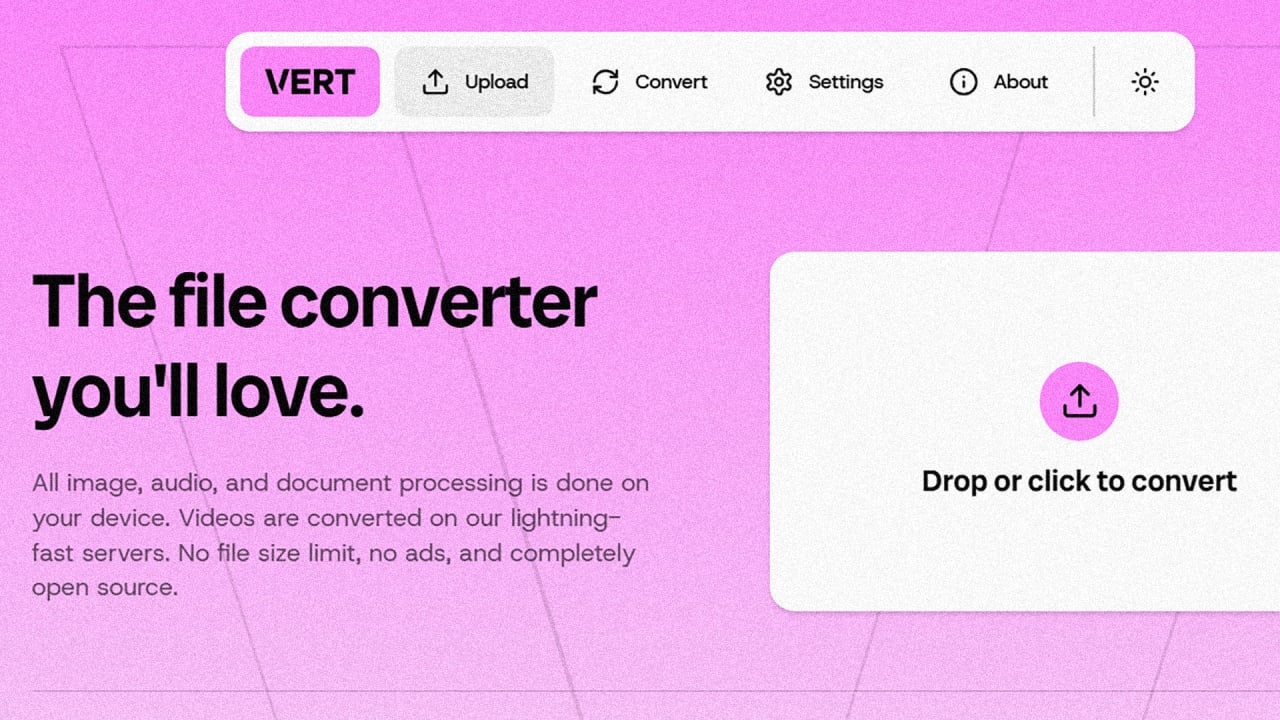
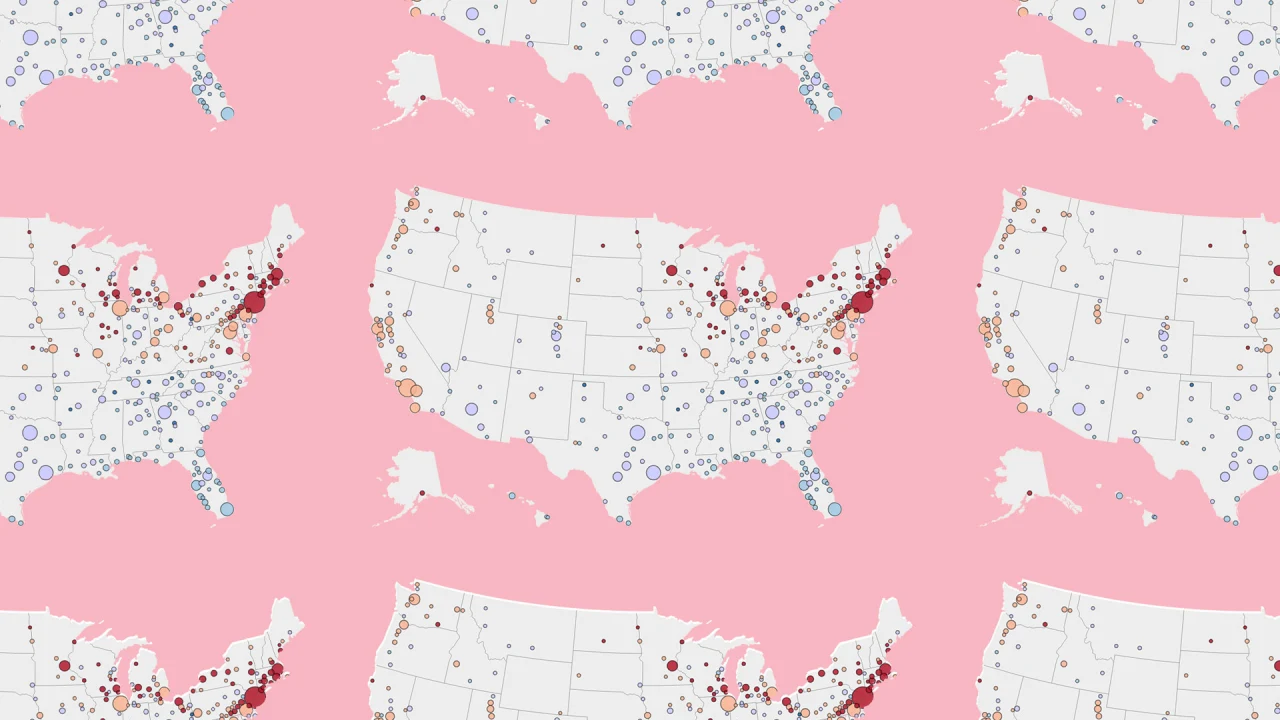



























































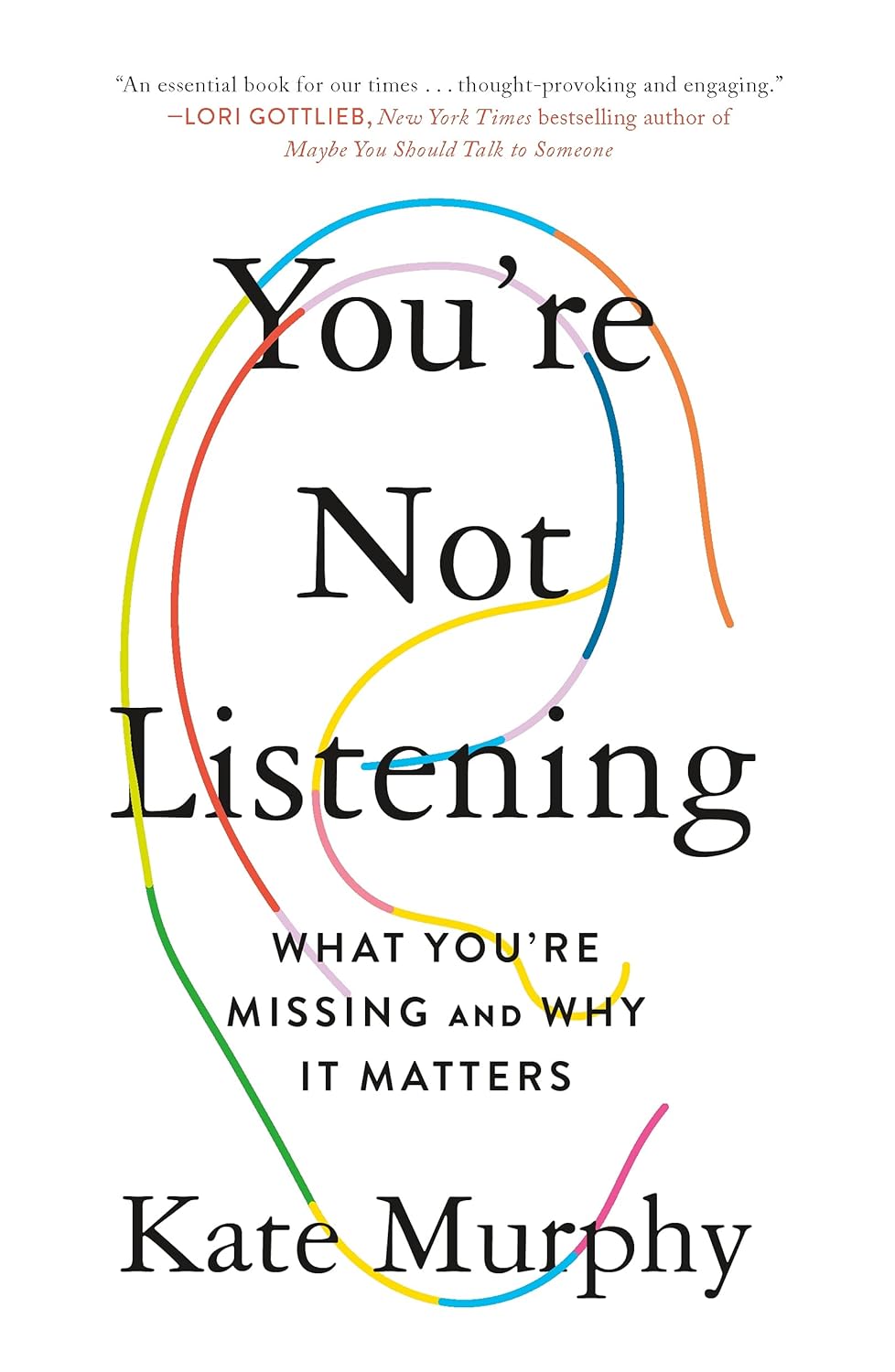




![https //g.co/recover for help [1-866-719-1006]](https://newsquo.com/uploads/images/202506/image_430x256_684949454da3e.jpg)





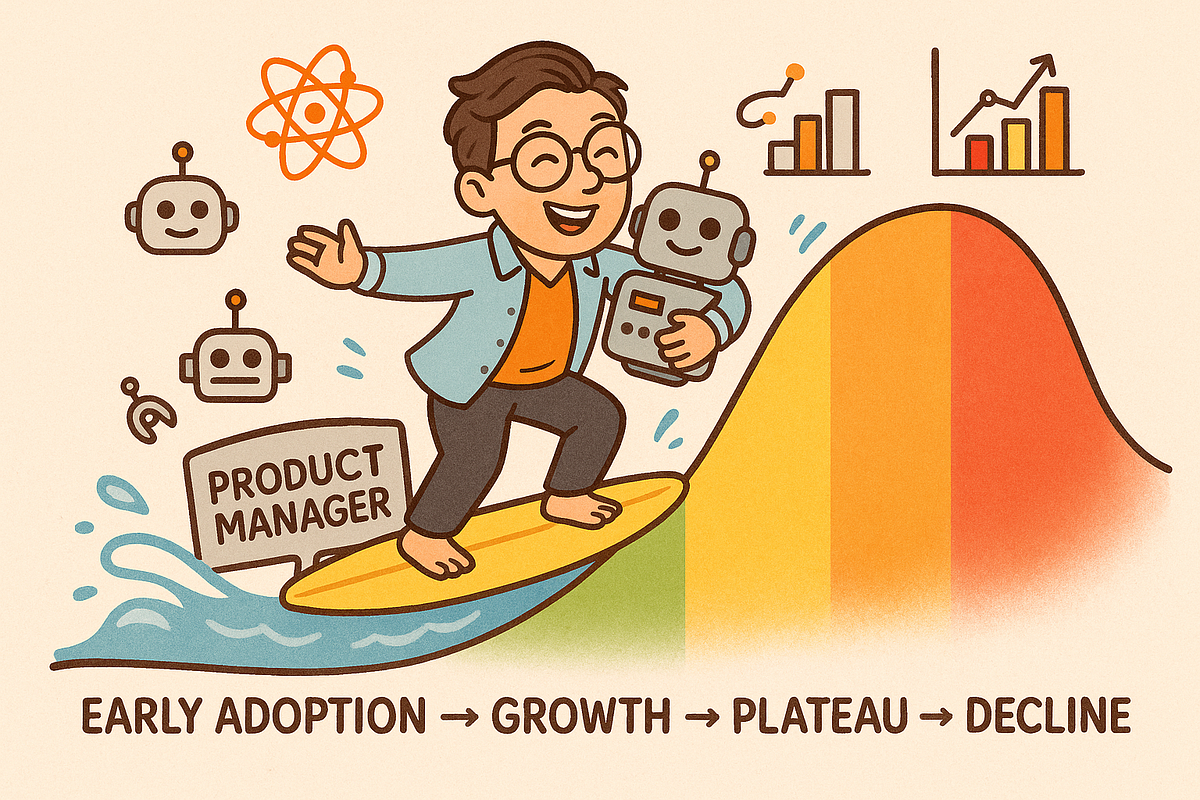



















![How Smart PMs Scale Their Careers in Any Org [TPG Live Recap]](https://tpgblog.com/wp-content/uploads/2025/06/2025-06-12-thumbnail-action.png?#)






















































